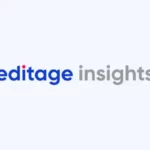Offering peer review opportunities to under-represented groups is the most powerful journal brand-building opportunity

What does diversity and inclusion in peer review mean to you?
The industry data show that peer reviewer demographics are heavily skewed toward Western populations (U.S., Canada, and European countries), and are heavily weighting toward male reviewers. It is going to require a conscious effort on everyone’s part to ensure that the peer reviewer pool represents a gender-equal and geographically diverse population. By doing this in a deliberate manner, not only will we increase the overall number of peer reviewers (decreasing peer reviewer fatigue), we will ensure a global base of peer reviewers for the future (seeking to increase female, early-career investigator, and geographic diversity). In addition, by tapping into the eagerness of these scholars, we may actually increase the quality of peer reviews obtained.
How can journals achieve diversity in peer review?
A first step in ensuring gender and geographic diversity in peer review is for the journals to become aware of and sensitive to the current systemic imbalance, and how the imbalance actually affects the quality of peer reviews. The journals then need to survey their own peer reviewer databases to start to put numbers to the gender and geographic diversity gaps, and to understand the imbalance in their own shops. With this understanding in hand, they then can start to build processes and programs to strategically reach out to the under-represented populations; these programs can be in the form of online training, workshops, or special reinforcement initiatives such as reward systems, discounts, or other special opportunities, etc.
It is ironic that journals do not seem to have yet caught on to the fact that offering peer review opportunities to under-represented groups (usually female, early-career investigator, and Asian or Latin American populations) is probably the most powerful journal brand-building opportunity there is!




